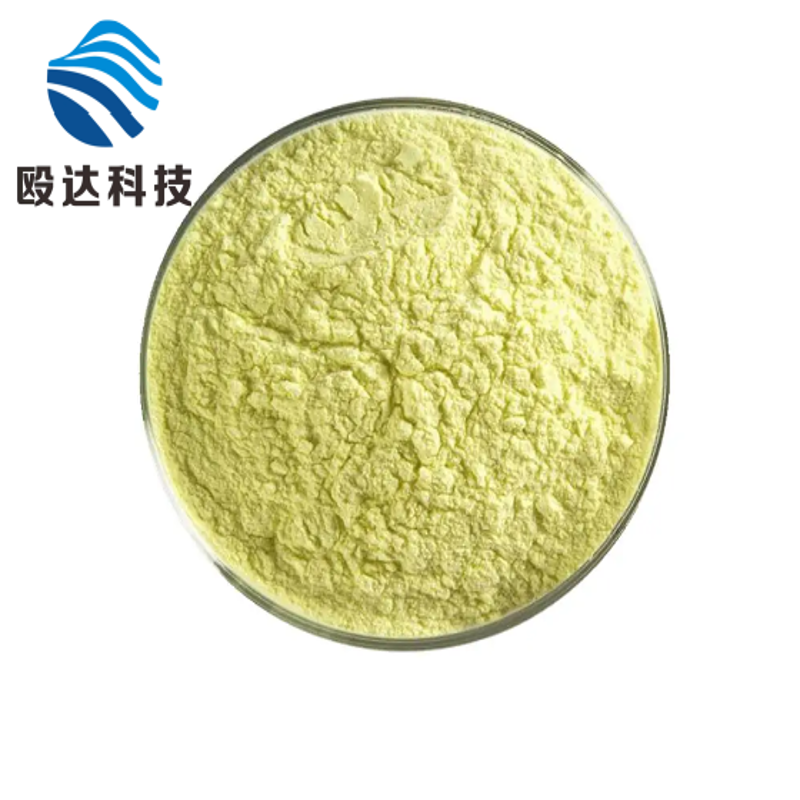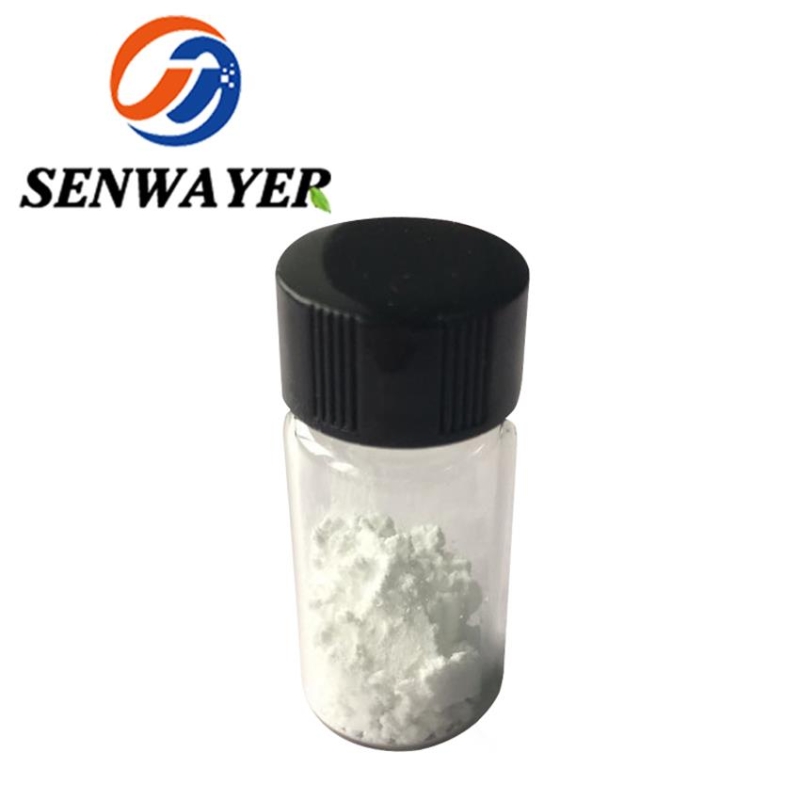-
Categories
-
Pharmaceutical Intermediates
-
Active Pharmaceutical Ingredients
-
Food Additives
- Industrial Coatings
- Agrochemicals
- Dyes and Pigments
- Surfactant
- Flavors and Fragrances
- Chemical Reagents
- Catalyst and Auxiliary
- Natural Products
- Inorganic Chemistry
-
Organic Chemistry
-
Biochemical Engineering
- Analytical Chemistry
- Cosmetic Ingredient
-
Pharmaceutical Intermediates
Promotion
ECHEMI Mall
Wholesale
Weekly Price
Exhibition
News
-
Trade Service
As 2016 nears its end, the number of fda-approved new molecular drugs is now down significantly from previous years. So here's the question: Has the pharmaceutical industry's stunning research and development productivity been a flash in the pan in the past two years?
if the pharmaceutical industry's innovative output expectations prove to be no longer at historic highs, investor confidence will suffer despite a modest decline in the sustainability of dry drug research and development.up to 25 new drugs have been approved
and if Roche's Ocrevus and Cempra's Solithera are approved by the end of December, there will be 25 new molecular drugs and biologics approved by the FDA in 2016.
the potential commercial value of Roche's anti-multiple sclerosis drug Ocrevus makes it one of the year's most-watched. The drug has previously submitted the corresponding in-return costs to the FDA under the Prescription Drug Payer Act (PDUFA) to improve the efficiency of the review, and the FDA initially said it would release the results on December 28th, with little chance of failure to pass the review.
, by contrast, the safety problems encountered by solithera, an antimicrobial in the ring, are significant, and although its importance in fighting some very dangerous bacterial infections is indisputable, the results are still uncertain. The results of the PDUFA review of the drug's oral and injection forms will be announced on December 27 and 28, respectively.
, it's not just Cmpra that may be rejected. A number of drugs approved in 2016 have received a full response from the FDA, EP Vantage has not yet done a quantitative analysis of the number of new drugs reported, from the available data and phenomena, the FDA seems to have received a lot of chinese documents this year.
also at risk of failure in the review was Sanofi's Sarilumab, which received a notice of delay in approval earlier in November due to problems with some production facilities. The rheumatoid arthritis drug is one of the key points of view for the new drug in 2017, and there are concerns that the risk of Sarilumab's approval could also affect the review of dupilumab, an anti-allergy experimental drug jointly developed by Regeneron and Sanofel, which analysts predict will have greater market potential and the results will not be announced until March next year. If the two drugs are not approved successfully, Sanofo will face greater market pressure.the commercial value of new drugs
Opdivo, Harvoni and Ibrace, the successful models of heavy-weight drugs that went on sale in 2014 and 2015, may be hard to replicate for a long time to come. Analysts believe that in recent years, both the number of new drugs of great commercial value (measured by sales in the fifth year of listing) and the absolute number of new drug approvals have exceeded the average for the past decade.
even if Ocrevus and Solithera are approved by the FDA, it won't change the low number of new drug approvals in 2016, which has been average for the past decade. However, the level of commercial value of new drugs in 2016 will not be greatly affected, with the 5th year sales forecast similar to the 10-year average. Some of the potential heavyweight drugs, such as Tecentriq, Epclusa and Venclexta, have been approved this year and will bring significant sales.
, of course, the output of innovative drugs in the pharmaceutical industry is only one of the indicators of its productivity level, and there are many reasons why the analysis of this indicator should be presented separately. For example, such analyses do not take into account the time cost of research and development of new drugs and the financial indicators invested, and data on the widespread use of these drugs for a variety of diseases are only conservatively disclosed, making this indicator unsuitable for inclusion in the comprehensive assessment along with other indicators.
as noted above, while the number of new drugs approved in 2016 will fall back to 2007 levels, it is gratifying to note that the commercial value of new drugs approved in 2016 is expected to increase significantly.
whether the number of approves for innovative drugs in the pharmaceutical industry will continue to shrink in 2017. Although the blowout growth in 2014 and 2015 cannot be sustained in the long term, the pharmaceutical industry should focus on consolidating the momentum of increased research and development productivity that began in 2010 in order to prevent it from falling to a standstill in research and development in the next few years following the current downward trend to the level of stagnation in the research and development sector in the middle of the last decade, which would be a disaster for the dry pharmaceutical industry.editor hui
first half of 2016 EP Vantage analyzed new molecular drugs (NMEs) and biologics that have been on the market this year and are likely to be approved, forecasting sales in the U.S. market five years later, and listed the top five new drugs.
, the first PD-L1 inhibitor developed by Roche to treat bladder cancer, was approved in May. Merck's hepatitis C drug Zepatier remains at the top of its sales forecast for the fifth year of new drug approval this year, while Intercept's primary bile cirrhosis treatment, Otaliva, is ranked No. 3 on the list.
have yet to be approved include Sanofi's dermatitis drug dupilumab, which has not yet been approved, and Lilly's new anti-breast cancer drug, abemaciclib. Both have been identified as breakthrough therapies, but the results of their reviews won't be released until March next year.
two other drugs, Eli Lilly's rheumatoid arthritis drug Baricitinib and Gilead Science's hepatitis B treatment, tenofoviralafenamide, are due in January and are likely to be approved in advance. (Mi Net)







